In recent years, in many highland and border communes with large tea growing areas, especially in the midland and mountainous provinces in the North, the model of raising chickens under tea canopies is becoming an effective direction, helping ethnic minorities increase their income and improve their lives. Taking advantage of the shade and vegetation under the tea hills, the chickens are grazed naturally, grow healthily, significantly reducing feed costs, and at the same time producing delicious meat products, favored by the market.
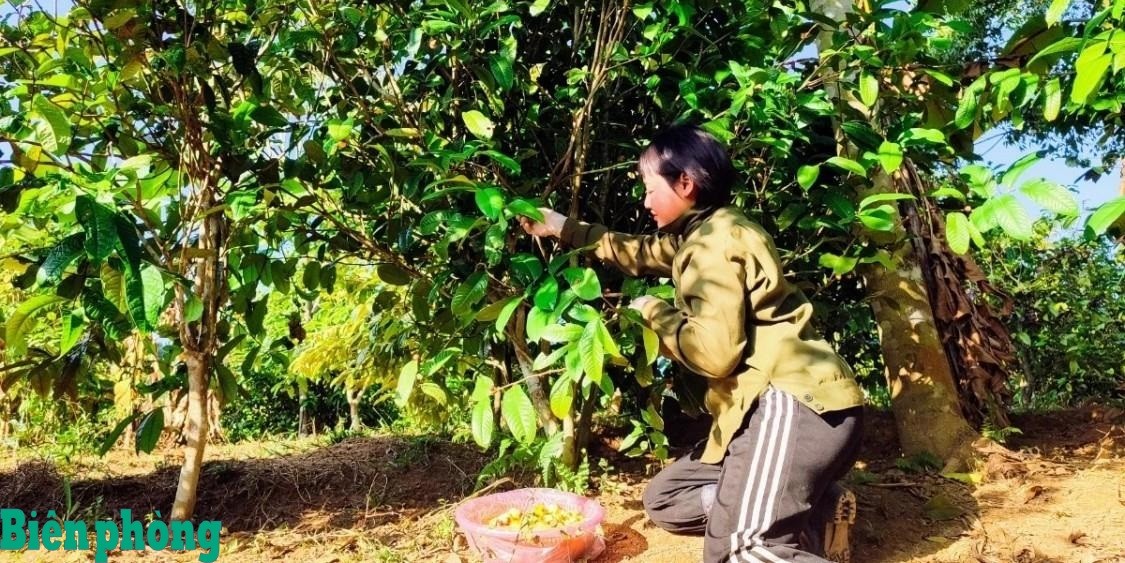
Tea trees have become an economic development crop for farmers in the northern mountainous provinces.
Take advantage of the green tea hills
On the gentle hillsides in the highland and border communes of Lao Cai province such as Muong Khuong, Pha Long... vast green tea fields stretch out like a cool carpet.
In the midst of that peaceful space, occasionally the sound of chickens calling their flocks and flapping their wings could be heard. That was the flock of chickens raised under the tea canopy of Mr. Trang Seo Pao’s family, a Mong ethnic, residing in Din Chin village, Pha Long commune.
Previously, Pao’s family’s tea hill only brought in income from selling fresh tea. When the crop price was good, the income was good, but when the market was low, the money from selling tea was not enough to cover the cost of care.
“Looking at the gaps under the tea canopy, I thought we could use them to raise chickens. The chickens can have shade from the sun, eat insects and young grass, and don’t have to build a big barn,” Pao shared.
From a few dozen experimental chickens, his family now regularly raises 300-400 chickens per batch. Thanks to being released naturally, the chickens are less susceptible to disease and have fragrant, firm meat. Every year, after deducting expenses, his family earns an additional 70 million VND from selling chickens, which is a significant income compared to before when they only relied on tea trees.
Similar to Pao's family, under the canopy of more than 4,000 yellow camellia trees, young man Dam Van Trieu, San Chi ethnic group, residing in Khe Long Ngoai village, Ba Che commune, Quang Ninh province, decided to develop more free-range chicken farming on the hills. Every year, his family maintains 3 batches of more than 1,000 chickens, bringing in an income of 100-200 million VND/year.
Mr. Dam Van Trieu shared that through research in books and newspapers, he saw that in mountainous areas, people opened farms to take advantage of available food sources with few diseases, suitable for the climate conditions in Ba Che district, so he went to learn more techniques to develop the farm. With the support of his family, in early 2019, he boldly built a barn and imported chicken breeds to raise. Realizing that his family's more than 2 hectares of yellow tea flowers were favorable conditions, along with abundant food sources, he immediately started doing business with chicken breeds according to the model of raising chickens under the tea canopy.
“Chickens raised under tea trees almost do not use antibiotics, eat little industrial feed, and mainly eat rice, corn and natural food. Thanks to that, the product is considered “ecological chicken” and can be labeled organic if the process meets standards. At highland markets, chickens raised under tea trees are often priced 20-30% higher than industrially raised chickens. Some households even sell for one and a half times more when customers order directly from their homes. We are aiming to build the “Chicken under tea trees” brand to sell to supermarkets and specialty restaurants. If we do a good job of tracing the origin, this will be the second main agricultural product of the locality, after the yellow flower tea tree brand.” Mr. Dam Van Trieu happily shared more about his future ideas. The model of raising chickens under tea trees is not only a production story, but also a testament to the creativity and efforts of the people in the highlands: knowing how to take advantage of natural advantages to get rich right in their homeland.
Improving livelihoods
From the vast green hillsides, tea trees not only bring fragrant buds to the morning teapot, but also become a “roof” to shelter flocks of healthy chickens. In many highland areas, especially where ethnic minorities live, the model of raising chickens under tea canopies is opening up a new direction: taking advantage of natural advantages while increasing income, helping people's lives become more and more prosperous.
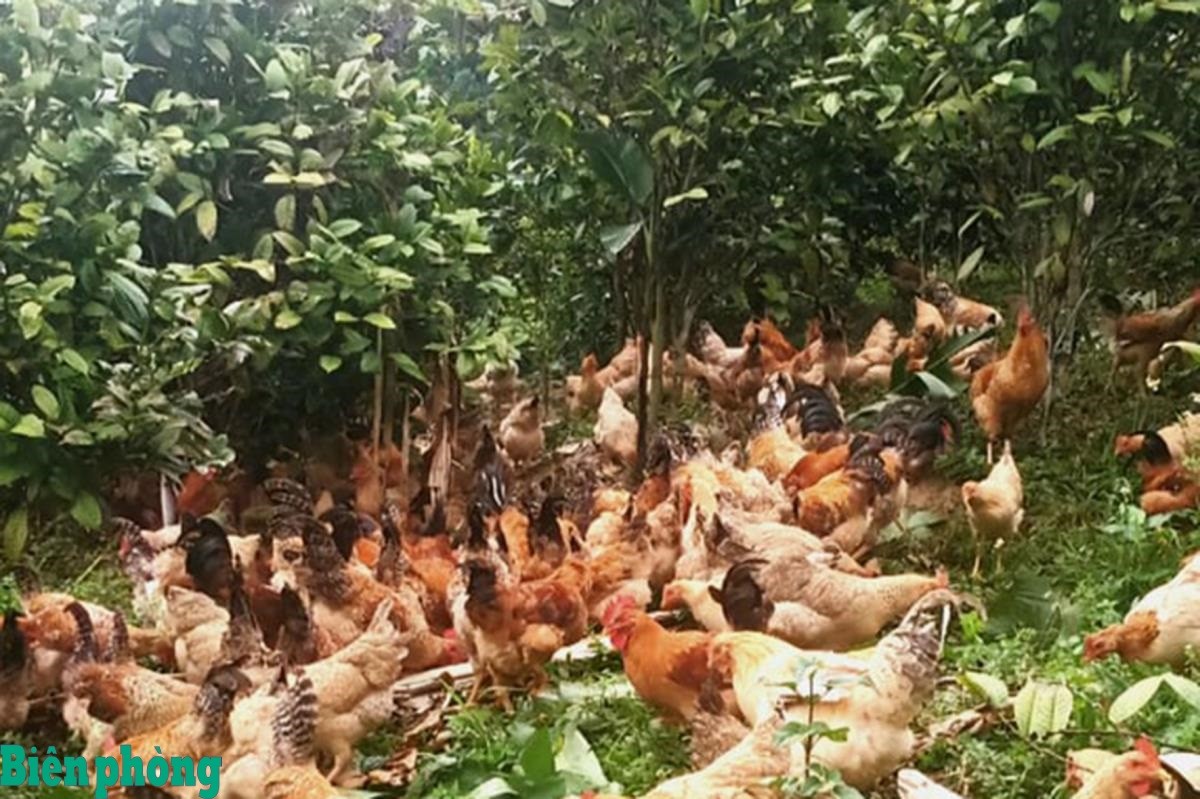
Raising chickens under tea trees - a new direction for many farmers in the highlands.
Not only stopping at selling chicken meat, the model of raising chickens under tea canopy is opening up a multi-value production direction for people. In many highland communes, people have known how to utilize chicken manure as organic fertilizer for tea, helping plants grow well, reducing the cost of buying chemical fertilizers and improving the quality of tea buds. Thanks to that, with the same area of land, people get "two sources of profit": from chickens and from tea.
According to statistics from the Department of Agriculture and Environment of Son La province, households applying this model have an average income 30-50% higher than households that only grow tea or raise chickens. The number of poor and near-poor households has decreased significantly after 2-3 production seasons. Some households that previously had to work far away can now live a stable life in their hometowns, spend time taking care of their families and participating in community activities.
The good news is that this model does not require too much investment capital. People take advantage of the available tea area, just need to build a simple sleeping area and fence around to protect the chickens. With a raising cycle of 4-5 months, capital turnover is fast, profits are high, helping people have more savings. Besides economic benefits, the model also contributes to keeping young workers in their hometown. When young people have stable jobs in the area, they are more attached to the village, reducing the situation of spontaneous migration. This is also an important factor to strengthen security and order in the border area.
In many highland border communes with large tea areas, this model not only helps people diversify their income sources, but also contributes to keeping tea forests green, avoiding abandonment or cutting down tea when prices drop. Local authorities also identify this as a model that links economic development with environmental protection and border security. When people have stable livelihoods and better lives, their spirit of protecting their homeland and borders is enhanced.
Interestingly, many households have taken advantage of this model to serve tourists. Tourists visiting the tea hills not only enjoy the beautiful scenery, but also experience catching chickens and preparing dishes on the spot. Some community tourism spots in Thai Nguyen, Son La, Lao Cai have added the service of "hill chicken cuisine under the tea canopy" to the menu, attracting a large number of visitors. This model both enhances the value of the product and promotes local culture and cuisine.
Realizing the obvious effectiveness, many localities have encouraged people to replicate the model. In the mountainous and border provinces in the North where many ethnic minorities live such as Lao Cai, Son La, Lai Chau, Cao Bang, Lang Son, Quang Ninh..., after only 3 years of implementation, more than 750 Mong, Dao, Tay, and Nung households have participated in raising chickens under tea canopy with a total herd of nearly 600,000 chickens. Local authorities have coordinated with Border Guard stations and specialized agencies to organize technical training: from how to choose breeds, vaccinate against diseases to how to design scientific grazing areas. The green-uniformed soldiers at Border Guard stations not only help people protect tea forests and preserve the ecological environment, but also accompany them in finding outlets for their products. In addition, many households have also received preferential loans, helping them expand their production scale.
The model of raising chickens under tea trees has proven that, when knowing how to take advantage of natural advantages and be creative in production, people in the highlands can completely rise up to become rich right on their homeland. And the green hills today are not only a symbol of abundance, but also an affirmation of the will and intelligence of the people in the highlands in the journey to build a prosperous and sustainable life.
Source: https://baolaocai.vn/dong-bao-dan-toc-thieu-so-lam-giau-duoi-tan-che-post880137.html








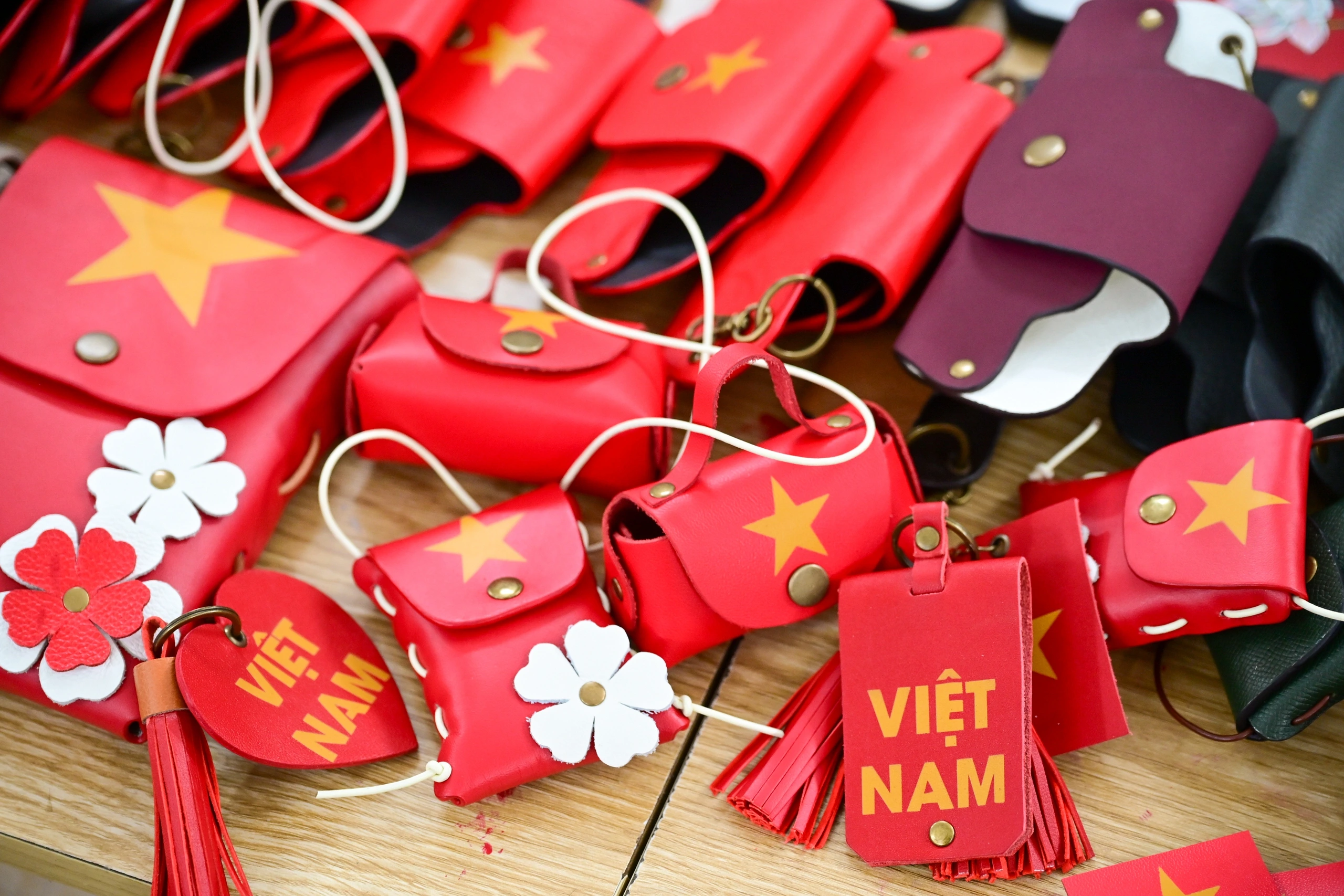

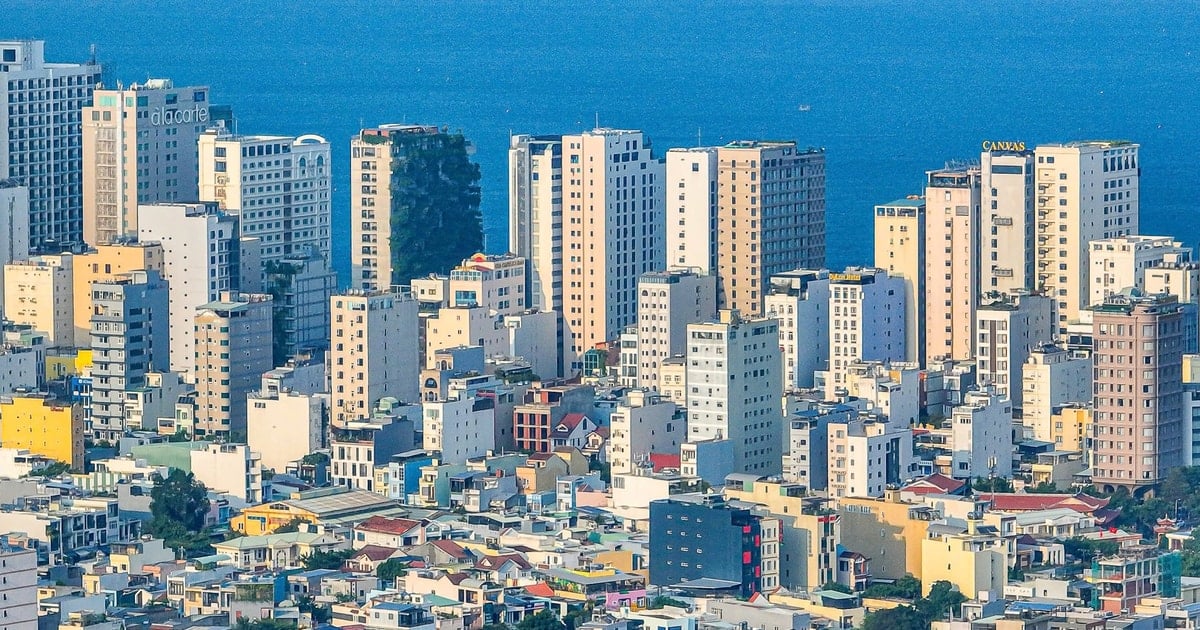

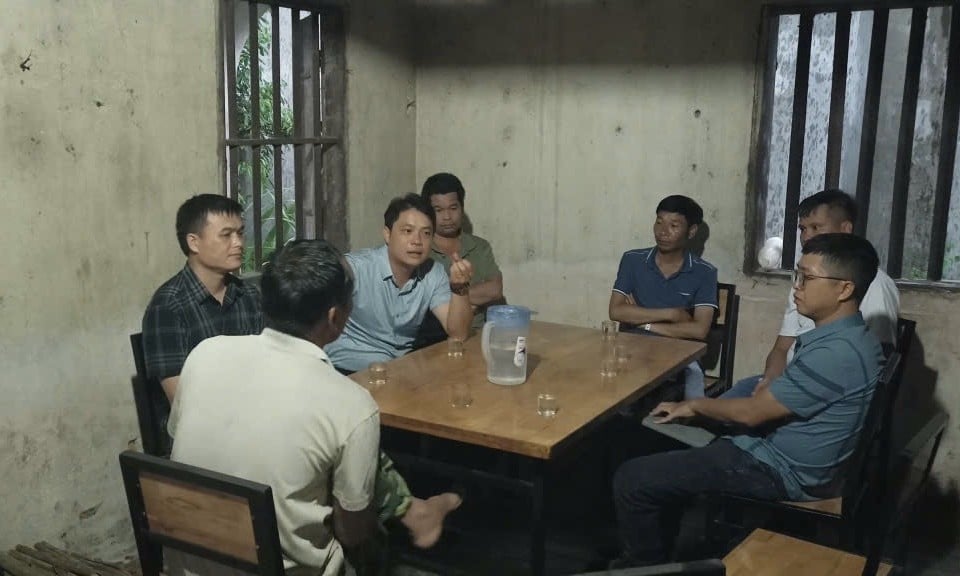










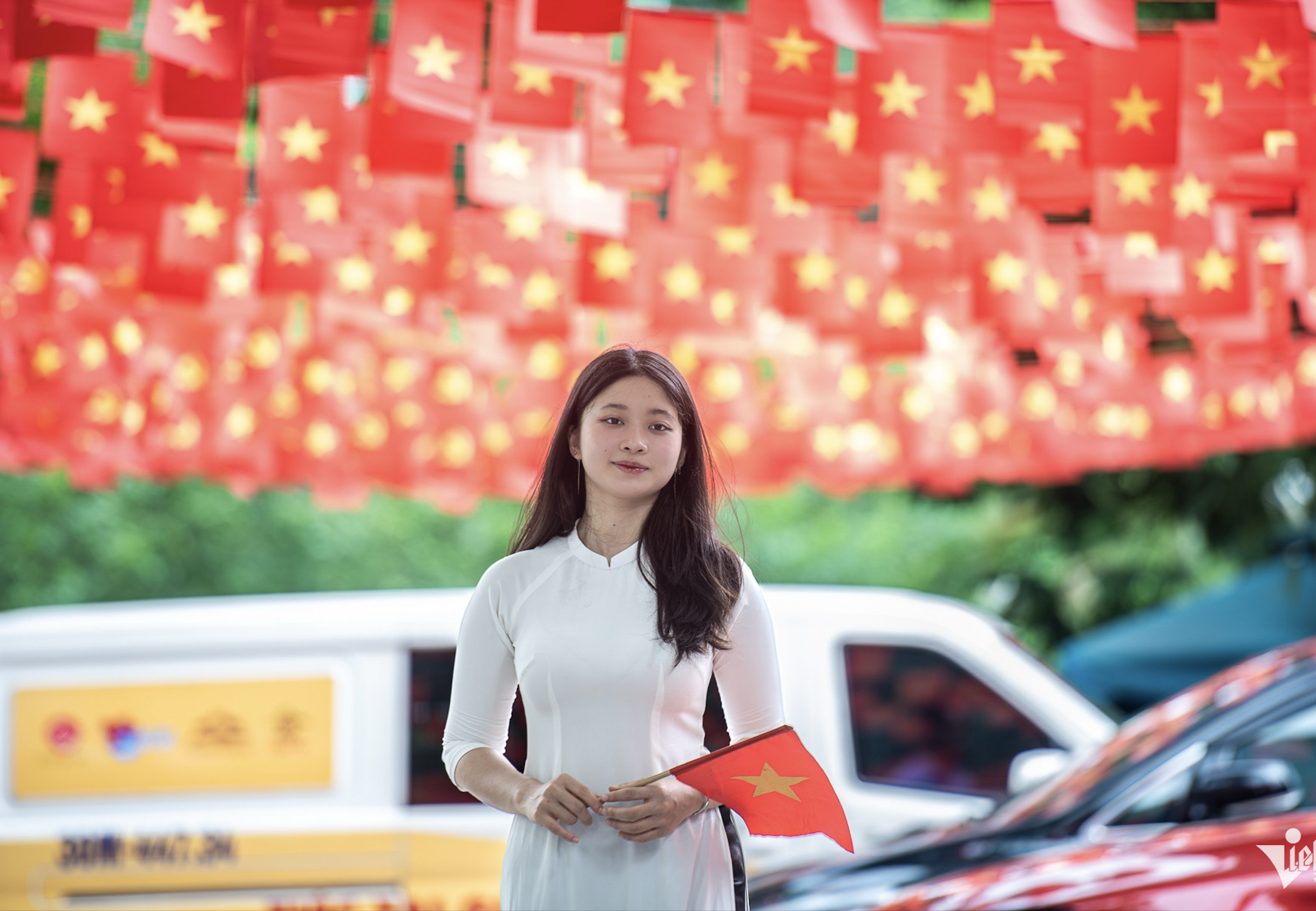

![[Photo] New look of the coastal city on the Han River](https://vstatic.vietnam.vn/vietnam/resource/IMAGE/2025/8/22/26f58a4a29b9407aa5722647f119b498)




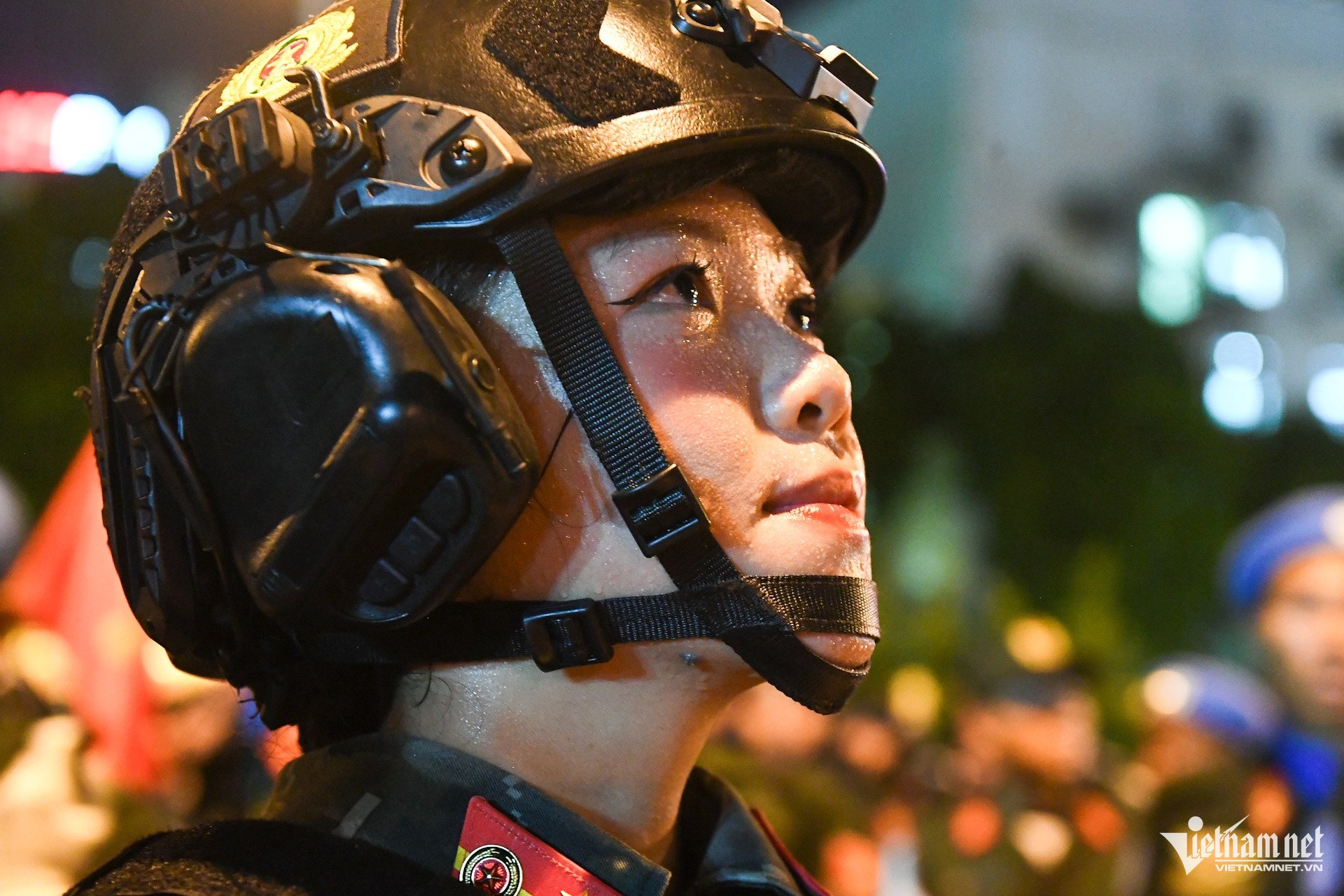

































































Comment (0)